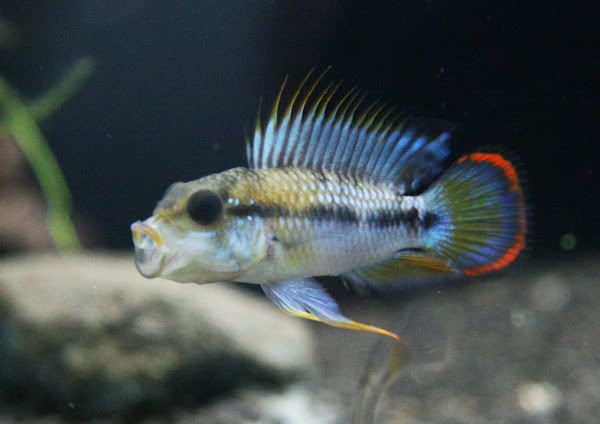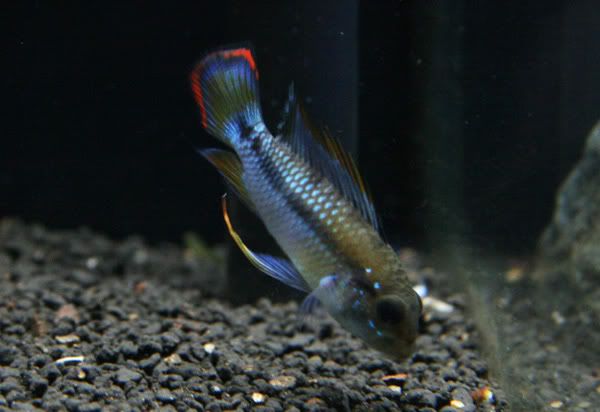Aquatopia
Member
- Messages
- 40
- Location
- Bend, Oregon
Hello all- Please don't let the title fool you, I am a purist- lol. I'm just curious what apistogramma species have been hybridized or mixed within the genus. I was thinking of this the other day while watching a agassizzi double red female try to impress an uninterested yet only male in her tank- a trifasciata.

